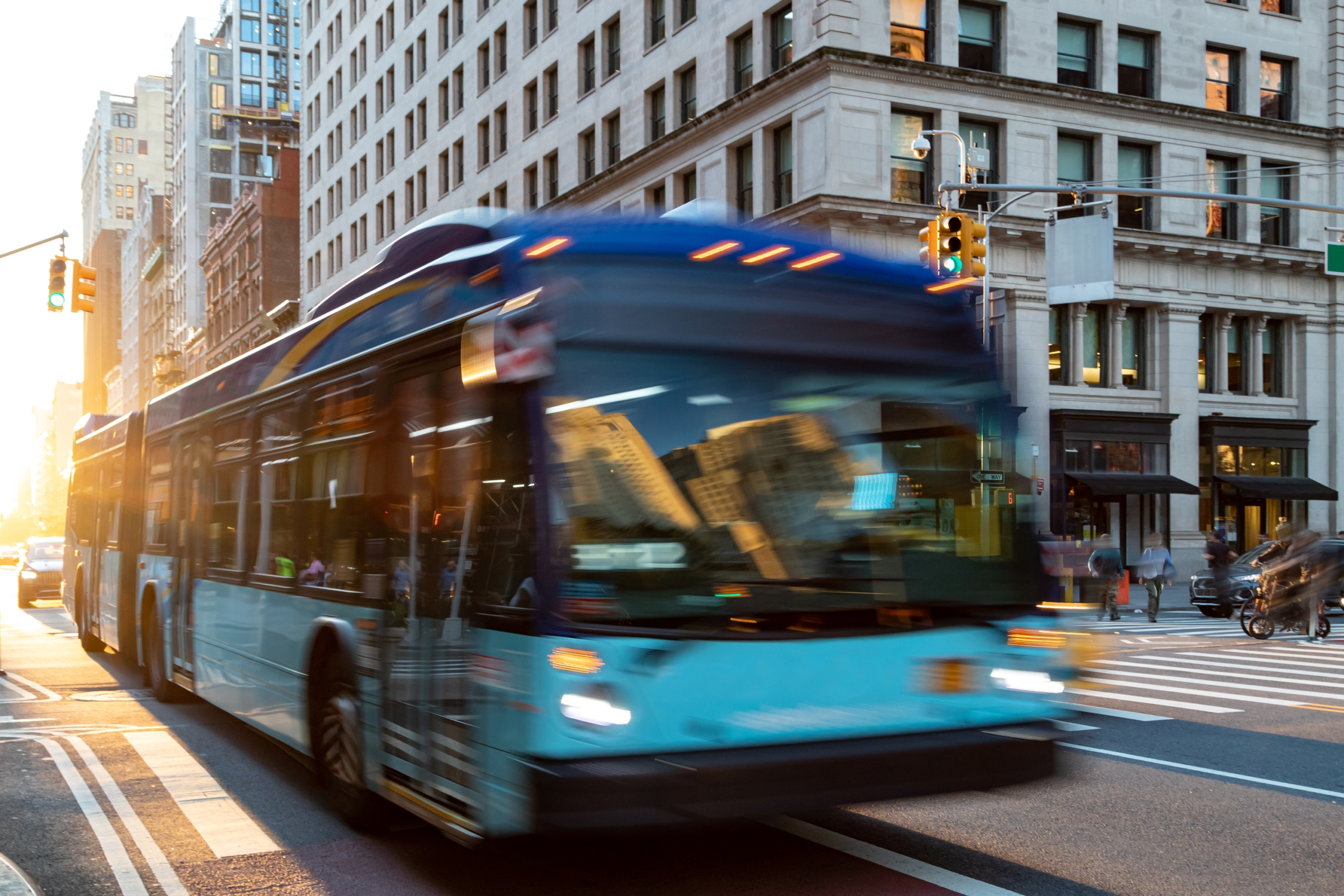🙌
Awesome, you're subscribed!
Thanks for subscribing! Look out for your first newsletter in your inbox soon!
The best of New York straight to your inbox
We help you navigate a myriad of possibilities. Sign up for our newsletter for the best of the city.
By entering your email address you agree to our Terms of Use and Privacy Policy and consent to receive emails from Time Out about news, events, offers and partner promotions.
Awesome, you're subscribed!
Thanks for subscribing! Look out for your first newsletter in your inbox soon!
The best of New York for free.
Sign up for our email to enjoy New York without spending a thing (as well as some options when you’re feeling flush).
Déjà vu! We already have this email. Try another?
By entering your email address you agree to our Terms of Use and Privacy Policy and consent to receive emails from Time Out about news, events, offers and partner promotions.
New York
New York
Four more MTA routes are now equipped with onboard cameras to ticket drivers who block bus lanes.
If you’ve ever lingered by a bus lane in your car thinking “just one second,” that second might now cost you up to $250. The MTA has quietly expanded its Automated Camera Enforcement (ACE) program—those bus-mounted cameras that catch drivers blocking bus stops, double parking or cruising in bus-only lanes—and the buses themselves are now acting as ticketing agents.
Four new routes—the Bx22, M96, M116 and Bx2—have joined the fleet this month, bringing the total to 47 ACE-enabled lines across Manhattan and the Bronx. The expansion follows a 2023 state law authorizing the MTA, NYC DOT and Department of Finance to deploy the rolling enforcement system, which aims to keep streets moving and make city buses, which currently average a sluggish 8 miles per hour, just a bit faster.
Here’s how it works: cameras on the buses capture video, images, license plates, timestamps and location data of offending vehicles. Those clips are reviewed by city employees and tickets are mailed to violators, starting at $50 and increasing by $50 for each repeat offense, up to $250. The city says fines are civil penalties, meaning they won’t affect your insurance or driving record, but unpaid ones can still lead to late fees, tows or even a boot.
The MTA insists it’s not just about punishment. “ACE improves bus speeds,” the agency said in an official statement, noting that on routes where the cameras are active, bus travel times have improved by an average of 5 percent and by as much as 30 percent on some corridors. The program has also coincided with a 20 percent drop in collisions and a 5–10 percent reduction in emissions, according to MTA data.
Blocking bus stops isn’t just inconsiderate, it’s a safety issue. When a bus can’t pull to the curb, riders with disabilities are often forced to board from the street.
“All buses are ADA accessible,” the MTA notes. “When bus stops are blocked, buses can’t reach the curb and people in wheelchairs are often unable to board.”
Fines will begin for the newest routes later this year, after a 60-day warning period. So, if you see a bus creeping up behind you in the mirror, it might not just be about to honk—it might be about to film you.
Been there, done that? Think again, my friend.
By entering your email address you agree to our Terms of Use and Privacy Policy and consent to receive emails from Time Out about news, events, offers and partner promotions.
🙌
Awesome, you're subscribed!
Thanks for subscribing! Look out for your first newsletter in your inbox soon!
Popular on Time Out
[title]
Popular on Time Out
[category]
[title]
[category]
[title]
Discover Time Out original video
Get us in your inbox
By entering your email address you agree to our Terms of Use and Privacy Policy and consent to receive emails from Time Out about news, events, offers and partner promotions.
🙌 Awesome, you're subscribed!
Thanks for subscribing! Look out for your first newsletter in your inbox soon!
About us
Contact us
Time Out products












